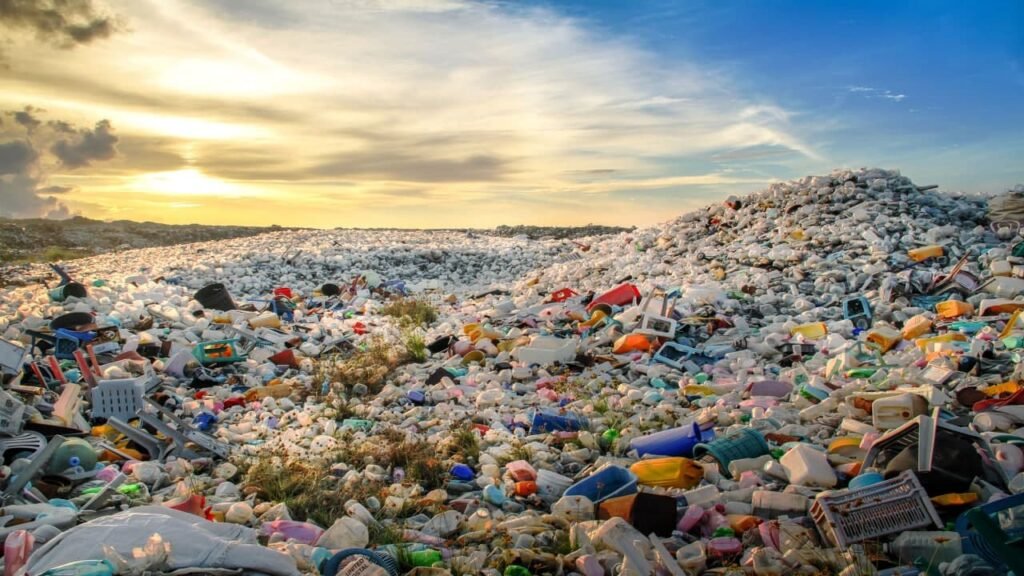Plastic though convenient but at the same time, has been a menace for ages. There are never-ending repercussions of plastic usage, from causing floods to harming marine and animal life. All these issues arise because we can not decompose plastic effortlessly.
But what if I say the plastic can now be decomposed merely by sunlight and air? Shocking but true. To tackle all our global problems and plastic inconvenience, researchers have come up with a new ‘Degradable Plastic Polymer.’
Researchers from China’s Huazhong University of Science and Technology came up with crucial research in which they created the world’s first 100% degradable plastic polymer that breaks down when exposed to sunlight and air for only a week. Over the decades and centuries, for the first time, massive steps are taken to decompose plastic.
Formulation of biodegradable plastic
The researchers used Nuclear Magnetic Resonance (NMR) and mass spectroscopy chemical characteristics to reveal the findings on plastic.
Before the genesis of biodegradable plastic, Liang Leo, an organic material scientist at China’s Huazhong University of Science and Technology, was initially working on a polymer that changes color with pH and was capable of sensor technology. However, Liang Leo saw that the the resulting plastic easily degraded, and thought that this would be more beneficial for recycling purposes of plastic.
This environmentally friendly plastic was formulated inadvertently, and when exposed to sunlight and air, decomposes within a week without leaving even a pinch of hazardous plastic waste. During the process, a by-product was also created-succinic acid. Succinic acid shall be competent in pharmaceuticals or food.

In a similar vein, we previosuly saw research where scientists from Washington State University proposed a new method to convert non-biodegradable plastic into jet fuel.
Uses
The unique structure of plastic makes it suitable for soda bottles or shopping bags as it is stable in the dark with no oxygen. It can particularly be used in electronics where it would be encased within the device to shield it from sunlight and air, which will make it durable for years.
During landfill, the device will be broken and exposed to sunlight which will thereby decompose it within a week. It is an effective method to reduce e-waste. When mixed with other plastics, they can be made more durable, and we can invent new technologies.
The commercial exposure of the item is still 5 to 10 years ahead but it is the right step towards environment conservation and a step back from decomposing 10 million tons of garbage in the oceans. The coming years might also see a variety of degradable plastics.
